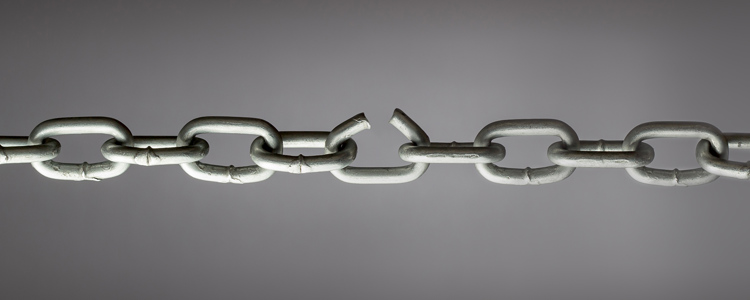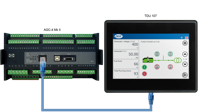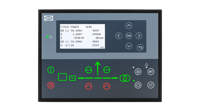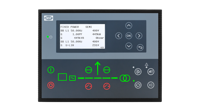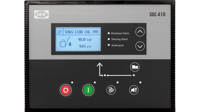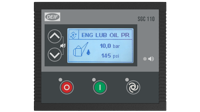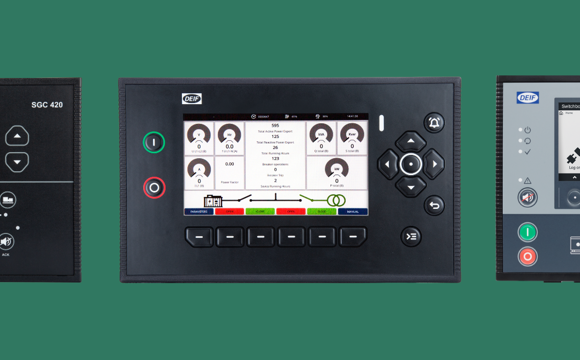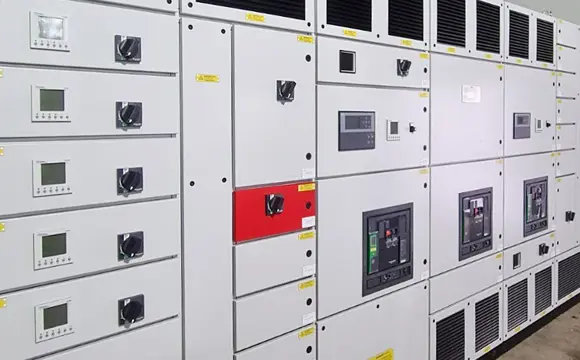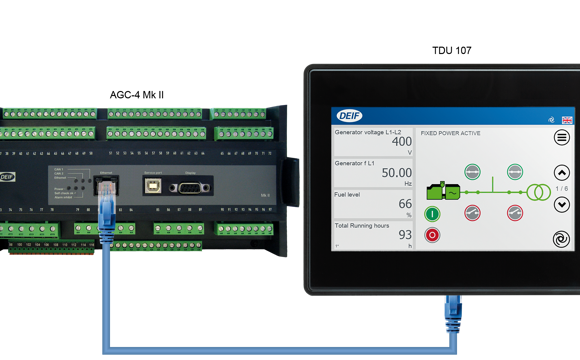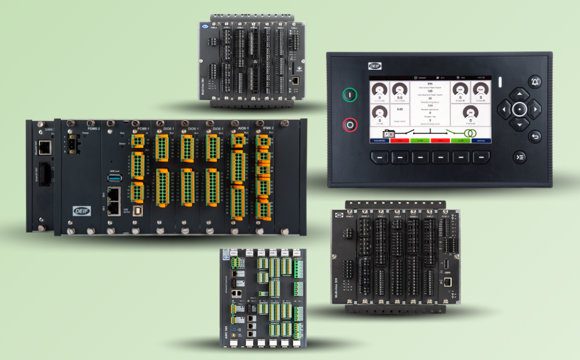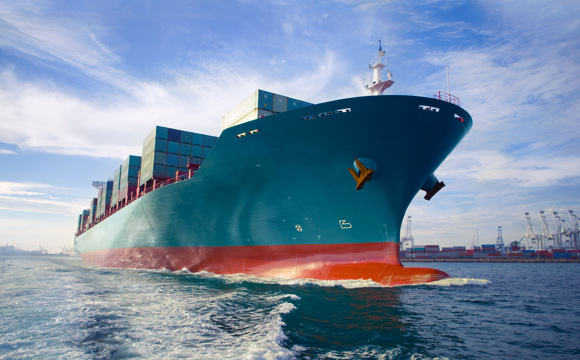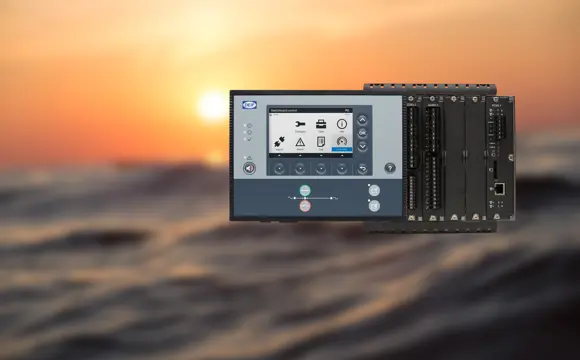8 questions to ask when choosing a controller with AC protections
Selecting a new controller is an important business decision. Before you spend money on new equipment, you should make sure that you’re getting what you need! So, how do you know you’re not wasting your time looking at the wrong controller? Here are eight important aspects to consider.
Does it have the approvals and certifications you need?
If the controller has the required approvals and certificates, it is easier to get the final application approved. Approvals and certifications are generally required by governments and insurance agencies. For example, in the EU, the controller must comply with the IEC, EN, and ISO standards. In addition, specific certifications and approvals are required when there is a connection to mains/grid (for example, UL, TUV, G99), and for marine applications (for example, Lloyd’s Register, DNV GL, or the Russian Maritime Register of Shipping).
Does it have the protections you need?
The local grid requirements or marine classification requirements, the system owner, and the system design determine which AC protections are required. It is possible to install a relay for each protection; however, this can get expensive when several protections are required. In many cases it is possible to cover the requirements with the protections built into the controller. If not, controller protections can be combined with a multi-functional protection relay.
Does it have the class you need?
The accuracy of the measurement determines the measurement class. For example, Class 0.5 means that for the specified range of measurements, in the specified temperature range, the controller’s measurement will be between 99.5 and 100.5 % of the true value. The measurement class is required to provide the protections. It is possible to install extra equipment dedicated to meeting special measurement requirements for a protection, but this adds complexity and can be expensive.
Can it respond in the operate time you need?
The operate time is the total time from when a change occurs to when the controller relay responds. That is, it’s the sum of the measurement detection time, the controller’s processing time, and the relay reaction time. Each protection has a maximum operate time. Physics dictates the minimum operate time, but beyond that the controller’s performance is important. Always check the data sheet for the controller you’re looking at; it should state the operate time for each protection.
Does it have the mechanical and electronic reliability you need?
Controllers are often installed in demanding environments. However, even for a relatively mild environment, it pays to consider mechanical and electronic reliability. A controller inevitably costs a lot less than the equipment it protects. In addition, downtime due to controller failure can range from rather irritating to business-destroying. While a simple controller may seem attractive in the short term, a high-end controller offers much better value for the longer term. Always check if the controller manufacturer has a good track record and a good reputation, and find out if the manufacturer carries out intensive testing.
Can you get it delivered in time?
Some vendors have a lead time of over 6 months. If you need a shorter delivery time, you may have to choose another controller. Not only does speedy delivery make your project planning easier; it also indicates that the controller in question is a more reliable choice if a replacement is needed during the application’s lifetime.
Is it easy to use?
If the controller is a challenge to use, the engineering hours required to work with it can quickly dwarf any price saving. For designers, the controller functions should easy to understand and configure. The installation should also be easy and clear. For commissioning, a controller should be easy to configure and adjust in the field. If you have more than one application, it’s great to be able to set up one controller, then copy its configuration to the other controllers. Finally, the controller should have helpful and accessible documentation, and the vendor should provide support.
Does it include the other features you need?
Finally, check whether the controller can provide the other features that you need such as governor and AVR regulation, engine communication, Modbus, power management, and Ethernet TCP IP connections. If you need to create and customise functions yourself, check if the controller offers tools for doing so such as DEIF's M-Logic, CustomLogic, and CODESYS.
We hope that the items above will help you in your hunt for your next controller. If you need more good advice, don’t hesitate to contact us.
A UK switchgear provider found our AGC-150 controller dead easy to use. Read the case study
How much does a controller cost? Well, it depends – read more in this blog post
-

Contact us to discuss your options
- 90 years of energy pioneering
- Manufactured at the highest standards
- Superior quality
- Unmatched service and support
- Made in Denmark



